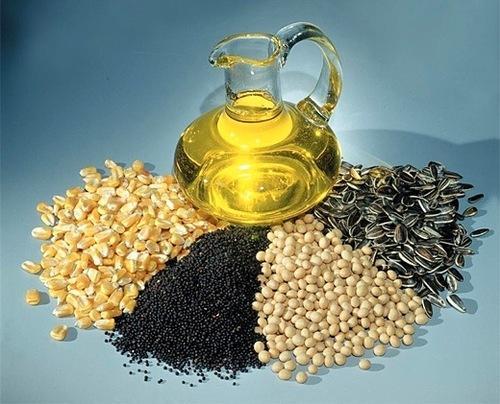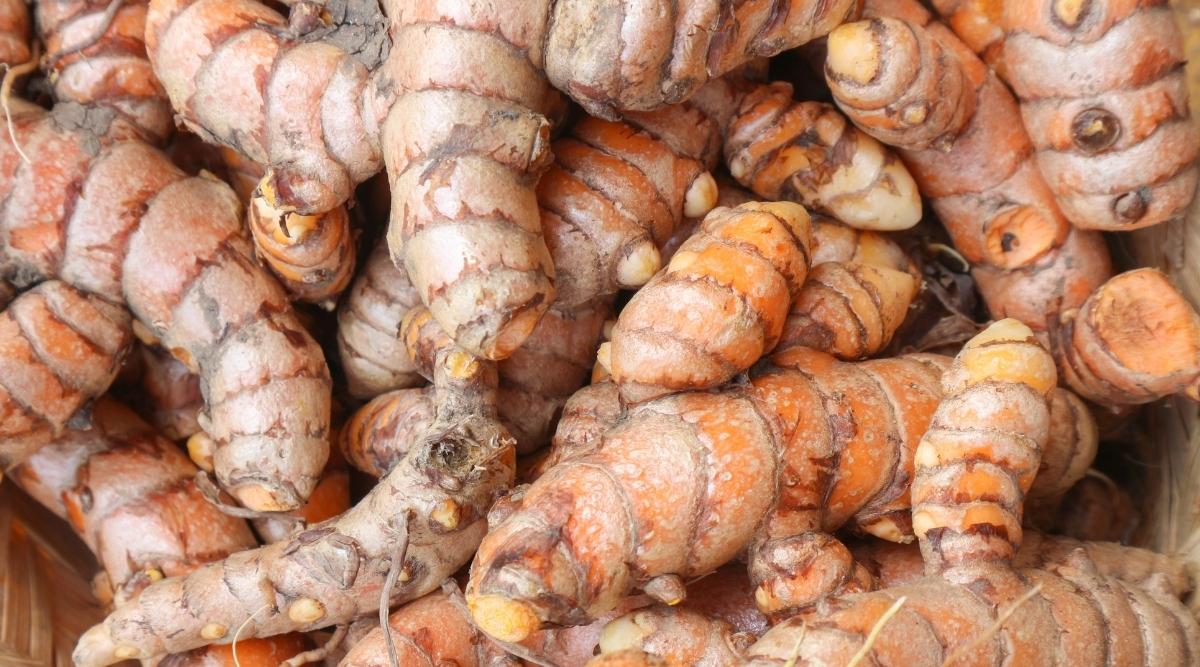In spite of unfavorable weather in Rajasthan, the main growing region for cumin, and some areas of Gujarat, prices for jeera (cumin seed) have resumed their ascent after a brief hiatus. Concerns have been raised about the crop status as a result of recent unseasonal rains that have fallen in the jeera-growing regions of southern and northwestern Rajasthan in the districts of Alwar, Jaisalmer, Jaipur, Bikaner, Bhilwara, and Barmer.
Jeera futures for April expiration traded as high as ₹36,455 on the National Commodities and Derivatives Exchange (NCDEX), while the far-month NCDEX May contract for jeera traded above ₹36,600 a quintal on new concerns about the crop’s status. From a quintal price of 25,085 in December 2022, prices have increased by nearly 45%. Jeera was priced at ₹35,399 per quintal in the spot market at Unjha in north Gujarat, with arrivals averaging 22,000–25,000 bags.
A jeera trader from Unjha named Jayantibhai Patel stated, “The impact of the unseasonal rains will be felt primarily in Rajasthan, where the crop is still in the fields or is nearing harvest. Rajasthan could experience crop damage of between 15 and 20 percent. While in Gujarat, we do not anticipate a significant impact on the crop. But, the quality has suffered, which is what is driving prices up. Moisture or overcast weather affects the jeera crop’s seed quality, which frequently turns blackish and indicates rotting.
The Federation of Indian Spice Stakeholders (FISS) published a crop estimate for seed spices in February of this year, forecasting the jeera harvest for 2022–23 at 3.84 lakh tonnes (69.96 million bags of 55 kg each), up 28% from the 3.01 lakh tonnes produced the previous year. FISS reported a 12.9 percent rise in acreage in Gujarat and Rajasthan, while yields are anticipated to grow by roughly 13.2 percent compared to the previous year.

